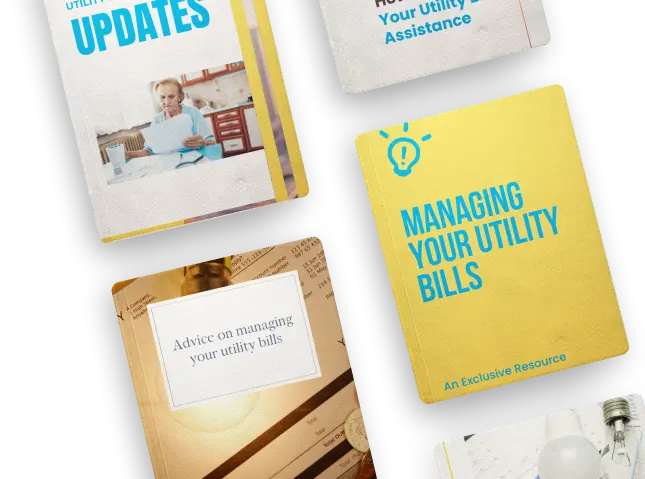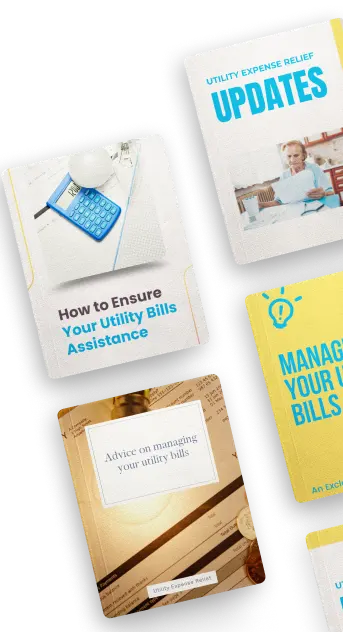How to Get Started With Expense Relief
What Are The Tax Implications Of Expense Relief?
The tax implications of expense relief vary depending on the program you choose. Some programs may offer tax breaks, while others may not. It's important to research your options and find the one that best suits your needs. Besides, you should also contact a tax professional to get detailed information.
How to Make the Most of Expense Relief
Making the most of expense relief can be a challenge. Here are some tips to help you out:
1. Know What Expenses Are Eligible For Relief
It may seem obvious, but knowing claimable expenses is important. Make sure to keep receipts and documentation for any eligible expenses.
2. Keep Track Of Your Expenses
It's important because it will help you track how much money you're spending on eligible expenses. Besides, you'll track the amount you're saving by taking advantage of expense relief.
3. Plan Ahead
If you know you're going to have a lot of eligible expenses in a particular month, try to plan and save up some money to cover those expenses. You won't be caught off guard, and you'll be able to take full advantage of the expense relief.
4. Stay Organized
It goes hand-in-hand with tip number two. It will be much easier to keep track of your expenses and take advantage of expense relief if you're organized.
It can be difficult to make ends meet between rent or mortgage payments, car payments, insurance, and groceries. If you're looking for ways to save money, you may be wondering how to get started with expense relief. According to experts, one of the best ways to save money is to create a budget. By tracking your income and expenses, you can see where your money is going and make adjustments to save money.
How to Find the Best Expense Relief Programs for Your Needs
There are many different expense relief programs available, and it can be difficult to decide which one is right for you. Here are some tips to help you find the best program for your needs:
1. Determine What Type of Relief You Need
There are programs available for short-term and long-term relief, so it's vital to decide which one you need. A short-term program may be the best option if you're facing a one-time emergency expense, such as a medical bill or car repair. On the other hand, if you're struggling to make ends meet monthly, a long-term program may be a better fit.
2. Consider Your Financial Situation
When evaluating different expense relief programs, it's important to consider your financial situation. If you have a low income, you may qualify for financial assistance programs. On the other hand, if you have good credit and a steady income, you may be better off with a program that offers interest-free financing.
3. Compare Program Benefits
Once you've determined what type of relief you need and considered your financial situation, you can start comparing programs. You may want to look at the amount of financial assistance offered, the terms of the program, and the application process.
4. Choose the Right Program for You
There's no one-size-fits-all answer when choosing an expense relief program. The best option will depend on your individual needs and financial situation. However, following these tips should help you narrow down your options and find a program that's right for you.
Expense relief can be a great way to save money and get your finances under control. There are various programs available, so it's important to research your options and find the right one for you. With a little bit of planning and effort, expense relief can help you get your finances back on track.












